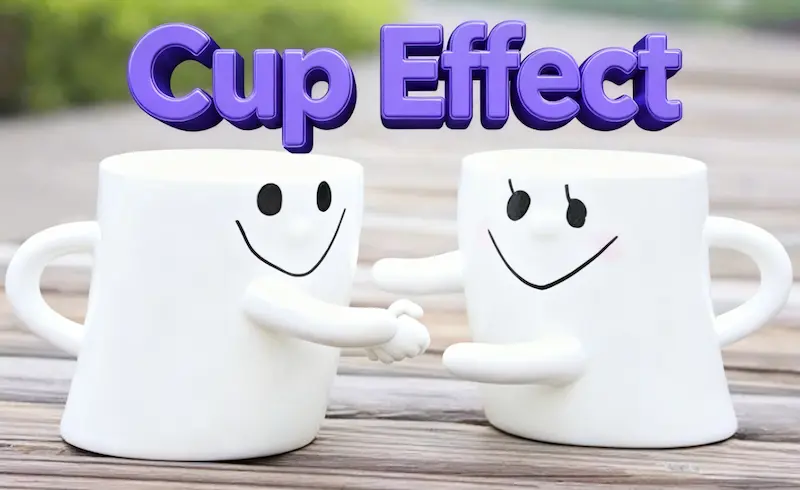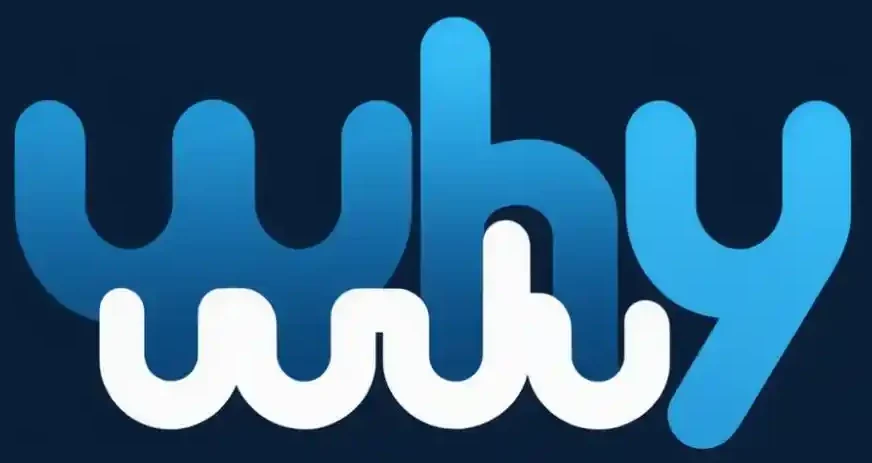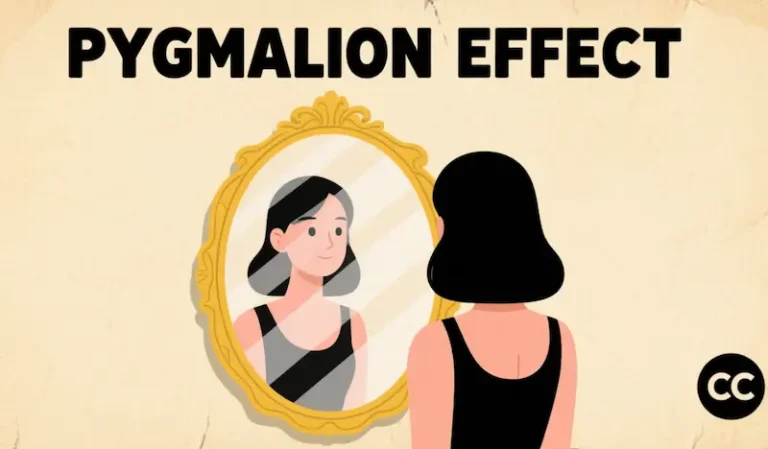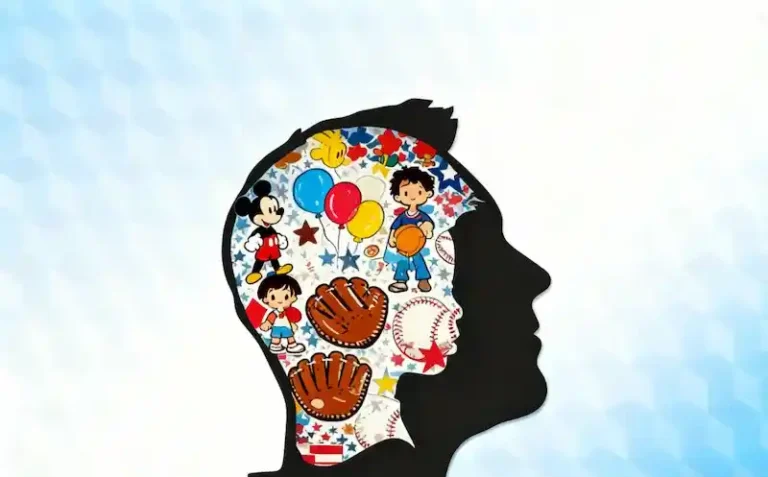How to Tell If Someone Likes You: The Cup Effect Psychology Explained

You’re on a first date at your favorite café, laughing at their joke—but your mind is racing: Do they actually like me, or are they just being polite? Or maybe you’ve been talking to a coworker you’re into, but you can’t tell if the vibe is “just friends” or something more. If this sounds familiar, you’re not alone—72% of Americans admit to overthinking whether someone is interested in them, according to a 2023 survey by Pew Research Center. The good news? There’s a simple psychology trick called the cup effect that can help you answer that question fast—no awkward questions needed.
What Is the Cup Effect?
The cup effect is a lesser-known but powerful psychological phenomenon that lets you gauge emotional closeness through physical distance—specifically, the space between two people’s cups (or drinks) in social settings. Here’s the core idea:
- The closer two people’s cups are placed, the closer their psychological connection tends to be.
- A larger gap between cups often signals wariness, formality, or a desire to keep distance.
This isn’t just a random observation—it’s rooted in how humans use everyday objects to reflect unspoken feelings. For example:
- On a blind date , you might notice your date’s coffee cup sits 6+ inches away from yours at the start. This small gap hints at initial caution—they’re still building comfort.
- By the end of the date, if their cup has inched to within 2–3 inches of yours? That’s a clear, nonverbal sign they’re enjoying your company and feeling more connected.
- In a business meeting with a new client, a wide gap between your water bottles might mean they’re still evaluating your proposal. If they shift their bottle closer mid-conversation, it could signal they’re warming up to your ideas.
The Psychology Behind the Cup Effect
To understand why the cup effect works, you need to look at three key psychological principles—all backed by research that resonates with how Americans navigate social and romantic interactions.
1. The Mehrabian Rule: Why Nonverbal Cues Matter Most
The cup effect’s biggest scientific backer is the Mehrabian Rule, a theory developed by psychologist Albert Mehrabian. His groundbreaking 1971 study (published in Silent Messages) found that:
- Only 7% of communication comes from words (what you say).
- 38% comes from tone of voice (how you say it).
- A massive 55% comes from nonverbal cues (body language, facial expressions, and even object placement—like cups).
This explains why the cup effect is so reliable: when someone likes you, they might not say it outright, but their subconscious will guide them to close the physical gap between your drinks. It’s their way of “testing” if you’re open to a closer connection—without saying a word. Conversely, if someone is unsure about you, they might subtly move their cup farther away to create a “protective barrier.”
2. Personal Space: Your Cup as a “Territory Marker”
Americans are deeply attuned to personal space—a concept psychologists call “proxemics.” Research from the University of California, Los Angeles (UCLA) shows that most U.S. adults have four distinct “personal space zones”:
- Intimate zone (0–18 inches): For family, romantic partners, or very close friends.
- Personal zone (18 inches–4 feet): For casual friends or dates.
- Social zone (4–12 feet): For coworkers or acquaintances.
- Public zone (12+ feet): For strangers or public speaking.
Your cup acts like a tiny “extension” of your personal space. When someone places their cup within your personal or intimate zone, it’s a sign they’re comfortable letting you into their emotional circle. If their cup stays in the social or public zone? They’re likely not ready to deepen the relationship yet.
3. Subconscious Signals: The Cup Doesn’t Lie
One of the cup effect’s greatest strengths is that it’s unintentional. Most people don’t realize they’re adjusting their cup’s position—meaning it’s a far more honest signal than words (which can be filtered or faked).
A 2022 study in the Journal of Nonverbal Behavior found that people adjust object placement (like cups or phones) to reflect their true feelings 89% of the time—even when they’re trying to hide their attraction or discomfort. For example:
- If your crush says “I’m just here as friends” but keeps moving their soda closer to yours? Their cup is probably telling the real story.
- If a client says “I’m interested in your offer” but slides their water bottle away? They might need more convincing.
How to Use the Cup Effect in Real Life
The cup effect isn’t just a “fun fact”—it’s a practical tool you can use to navigate dating, friendships, and even work relationships. Here’s how to apply it in scenarios Americans encounter daily:
1. Gauge if a Date Likes You (Without Asking)
Dating in the U.S. often involves subtle back-and-forth—and the cup effect takes the guesswork out. Try this:
- At the start of the date, note where your drinks are placed (e.g., 5 inches apart).
- As the conversation flows, casually take a sip and shift your cup 1–2 inches closer to theirs.
- Watch their reaction:
- If they leave their cup in place (or move it closer too)? They’re open to a closer connection—feel free to lean into more personal topics.
- If they move their cup away, cross their arms, or tense up? They might need more time—switch to lighter subjects (like hobbies or travel) to build comfort.
This works for casual coffee dates, dinner outings, or even drinks at a bar—all common dating spots.
2. Build Closeness with Someone You Like
If you want to deepen a connection (whether it’s a new crush or a growing friendship), the cup effect can help you do it naturally—no pressure. Here’s how:
- Mirror their cup placement: If they set their cup on the left side of their plate, do the same. Mirroring (a well-documented social bonding technique) makes people feel “in sync” with you.
- Incremental shifts: Don’t move your cup from 6 inches away to 1 inch in one go—that can feel intrusive. Instead, adjust it ½ inch at a time over 10–15 minutes.
- Pair with a smile: When you shift your cup closer, add a warm smile. This reinforces that your gesture is friendly, not overwhelming.
A 2021 study from Stanford University found that small, reciprocal object adjustments (like cup movement) increase feelings of trust by 40% in new relationships.
3. Navigate Work and Professional Settings
The cup effect isn’t just for dating—it’s also useful in meetings, client calls, or team lunches. For example:
- Client negotiations: If you’re pitching a project and the client’s cup is far from yours, hold off on pushing for a decision. Instead, ask open-ended questions (“What parts of this proposal resonate most?”) to build rapport. Once their cup inches closer, you can gently discuss next steps.
- Team collaborations: In a brainstorm with coworkers, a close cup distance means the group is feeling creative and collaborative. A wide gap might signal tension—pause to check in (“Is everyone on board with this direction?”) to reset the vibe.
This aligns with how professionals value “reading the room”—a key skill in workplace culture.
4. Avoid Crossing Personal Boundaries
Respecting personal space is a cornerstone of American social etiquette—and the cup effect helps you avoid accidental missteps. Here’s what to watch for:
- Signs of discomfort: If someone moves their cup away, leans back in their chair, or avoids eye contact after you shift your drink closer? Apologize lightly (“Oops, sorry—I didn’t mean to crowd your space!”) and move your cup back.
- Cultural nuances: Keep in mind that personal space preferences can vary (e.g., people from urban areas like New York might be more comfortable with smaller gaps than those from rural regions). Use the cup effect as a “test” to match their comfort level.
By respecting these cues, you’ll build trust faster—whether you’re talking to a new friend, a date, or a colleague.
Final Thoughts on the Cup Effect
The cup effect is a simple yet powerful tool for understanding human connection—something Americans value deeply in a world where so much communication feels surface-level. It doesn’t replace genuine conversation, but it gives you a “secret window” into someone’s unspoken feelings—whether you’re on a first date, in a business meeting, or hanging out with friends.
Here’s the key takeaway: The next time you’re with someone you want to connect with, take 2 seconds to glance at your cups. That small gap (or lack of one) can tell you more than a 30-minute chat. And remember—like any psychology trick, it works best when paired with empathy. Use the cup effect to understand someone, not to “manipulate” them.
Wrapping Up
The cup effect turns everyday moments (a coffee date, a work lunch, a casual drink) into opportunities to connect more deeply. By paying attention to that small space between your cups, you can stop overthinking if someone likes you, build trust faster, and avoid awkward missteps—all while staying true to your authentic self.
Have you ever noticed the cup effect in action? Maybe you saw a friend’s cup inch closer to their crush’s, or you used it to gauge a client’s interest. Share your story in the comments below—we’d love to hear how it worked for you!







I am not sure where you’re getting your info, but great topic. I needs to spend some time learning much more or understanding more. Thanks for excellent info I was looking for this information for my mission.
I am always searching online for posts that can help me. Thanks!
Sweet internet site, super pattern, very clean and employ pleasant.
Sweet blog! I found it while surfing around on Yahoo News. Do you have any tips on how to get listed in Yahoo News? I’ve been trying for a while but I never seem to get there! Many thanks
I believe other website proprietors should take this internet site as an example , very clean and superb user genial design.
Very detailed
F*ckin’ remarkable issues here. I’m very glad to see your article. Thank you so much and i am taking a look ahead to contact you. Will you please drop me a mail?
Compelling read